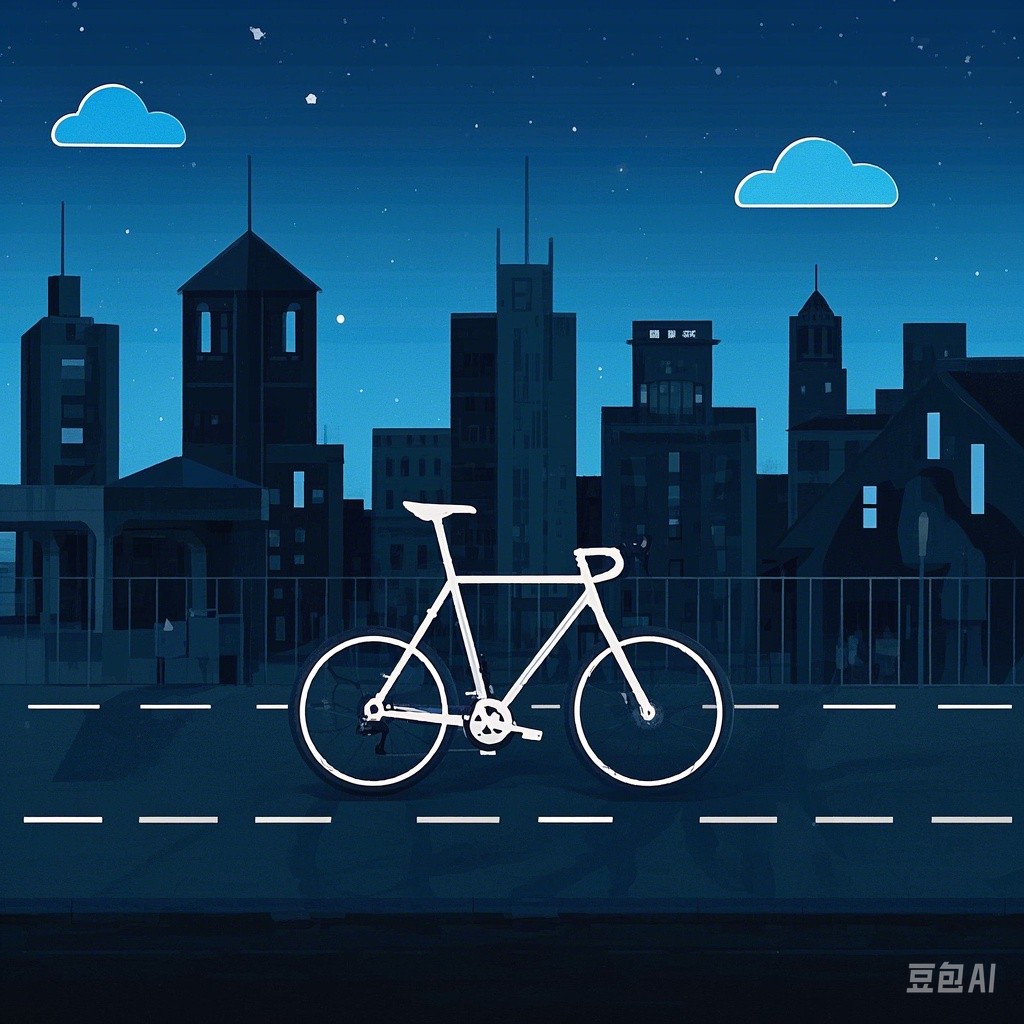Introduction
Cycling has emerged as a popular mode of transportation due to its environmental benefits, health advantages, and cost-effectiveness. However, one of the challenges faced by cyclists is navigating through complex urban landscapes. This article explores the feasibility of cycling navigation, discussing the various technologies and tools available to make cycling safer and more convenient.
The Need for Cycling Navigation
Urban areas are becoming increasingly dense, with more vehicles, pedestrians, and cyclists sharing limited road space. This has led to an increased risk of accidents and a need for better navigation tools. Cycling navigation can help cyclists:
- Plan routes that are safe and efficient.
- Avoid traffic congestion and high-traffic areas.
- Find bike-friendly infrastructure, such as bike lanes and bike-sharing stations.
- Stay updated on road closures and other local events that may affect their route.
Technologies for Cycling Navigation
GPS and Mapping Services
Global Positioning System (GPS) technology has revolutionized navigation, and it is now widely used in cycling navigation apps. These apps use GPS to track the cyclist’s location and provide real-time directions.
Examples of GPS-Based Cycling Navigation Apps:
- Strava: Offers detailed maps, route planning, and social features for cyclists.
- Komoot: Known for its detailed cycling maps and route optimization.
- Ride with GPS: Allows users to create and share custom cycling routes.
Smartphones and Wearables
Smartphones and wearables have become essential tools for cycling navigation. Cyclists can use their smartphones to access cycling navigation apps, while wearables like smartwatches provide hands-free navigation.
Examples of Smartphones and Wearables for Cycling Navigation:
- Garmin Edge: A range of GPS cycling computers that offer detailed maps, route planning, and performance tracking.
- Wahoo ELEMNT: A compact cycling computer that integrates with popular cycling apps.
- Apple Watch: Provides cycling-specific apps and can be used to track performance and navigation.
Internet of Things (IoT)
The Internet of Things (IoT) has enabled the integration of various devices, making cycling navigation more comprehensive. Sensors installed on bikes or in the environment can provide real-time data on road conditions, traffic, and weather.
Examples of IoT Devices for Cycling Navigation:
- Smart bike lights: Provide visibility and can communicate with other vehicles and cyclists.
- Bike sensors: Monitor bike performance and alert cyclists to potential issues.
- Traffic sensors: Provide real-time data on traffic conditions to help cyclists avoid congestion.
Challenges and Limitations
While cycling navigation technologies have improved significantly, there are still challenges and limitations to consider:
- Battery Life: Smartphones and wearables have limited battery life, which can be a concern for long rides.
- Data Accuracy: GPS and mapping services may not always provide accurate information, especially in areas with poor satellite reception.
- User Interface: Some cycling navigation apps and devices have complex interfaces that can be difficult to use while cycling.
Conclusion
Cycling navigation is indeed possible and has become increasingly accessible thanks to advancements in technology. With the right tools and apps, cyclists can plan safe and efficient routes, avoid traffic congestion, and enjoy a more enjoyable cycling experience. As technology continues to evolve, cycling navigation will become even more reliable and user-friendly, making it an essential tool for cyclists around the world.
